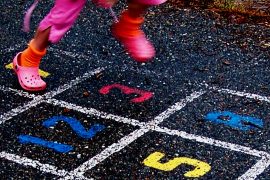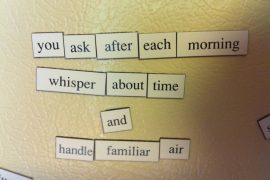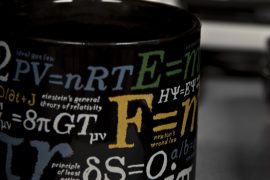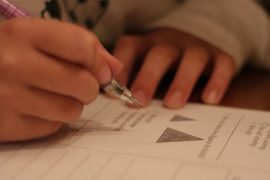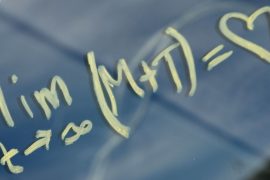Two weeks ago, I posted Five Things Math Teachers Wish Parents Knew. Now it’s the teachers’ turn to be on the hot seat. I asked a handful of the middle and high school students that I knew to chime in with some advice or helpful feedback for math teachers. And this is what they came up with:
Make the math relatable.
These kids get it — you honestly like pure mathematics and the State Board of Education has dictated that you cover x amount of material in y period of time. (See what I did there?) But when all students are doing is solving algebraic equations with no connection to the real world, the stuff won’t stick — and eyelids will shut.
Do more “interactive stuff instead of book work.”
Get rid of boring worksheets. Spend a few days applying the material to larger projects. Have the students design carnival games based on probability. Or track March Madness results. Or use special right triangles to find the length of a shadow and compare it to an actual shadow.
Ensure that everyone is ready to move on — before moving on.
Again, these students know that you have some constraints. And I’m willing to bet that most students understand that the class doesn’t revolve around them. (Okay, maybe many students, rather than most.) But if a good portion of the class isn’t following, there’s no point in barreling through to the next concept. I’ll add this: some students won’t tell you that they’re not ready to move forward. Teachers have to get creative in assessing readiness.
Don’t call on the same students all the time.
Everyone knows who the mathy kids are. Don’t let them dominate the discussion. A few days ago, a parent told me that her daughter’s school is really clamping down on “blurters” — kids who get the answers quickly and blurt them out. These blurters can suck all of the life out of a classroom, especially when the majority of students need a little more time and a lot more confidence. And it’s a good lesson for anyone to learn: keep your mouth shut and sit on your hands once and a while.
Don’t refuse to call on a student who usually has the answer.
This one’s personal. In middle school, my daughter was told to stop raising her hand all of the time — and not in a nice, encouraging way. She was crushed by this harsh order. Everyone deserves a chance to participate, at least part of the time. And besides, there are different methods for encouraging participation that don’t require teachers to single out and call on individual students. Learn these methods and use them.
Skip the timed tests.
They freak students out and can bring down a grade in a heartbeat. Fact is, faster isn’t smarter. Speed tests don’t allow different approaches to problems. Besides, what’s more important: automatic recall of the times tables or really understanding where these facts come from? (Please say the latter. Please say the latter.)
Grade as much as possible.
Give students a chance to bring up their grades with graded homework assignments. And give them feedback on their understanding as often as you can. It’s not enough for a student to know that the answer is wrong. Detailed feedback on why is critical for deeper understanding. Kids know this.
Recognize that not all kids learn in the same way.
Remember, the definition of insanity is doing the same thing over and over and expecting different results. If students don’t understand the concept, try explaining it in a different way. Or ask the kids to come up with their own ideas. Discovery is a great tool, and it’s often very engaging.
Stop talking down to students.
Yep, students really said this. And I could wallpaper my bathroom with the number of emails I’ve received from adults who felt shamed by a math teacher. Every adult that a kid meets has the power to make a positive difference in that kid’s life. Belittling, shaming and talking down to kids will have the opposite effect.
And I’ll add #10:
Don’t ever, ever tell students that they’re bad at math.
Want to insure that a kid will never try at math again? Want to smash his confidence? Want to send a lasting message that she won’t be able to balance her checkbook or become an engineer or help her kid with math homework? This is a one-way ticket to that bleek future, and it can happen in a split second with an offhand remark. Remember what it was like to be a student and follow the Golden Rule.
Do you have suggestions for math teachers? Share them (nicely) in the comments section. I’d also love to hear from students and former students who had great experiences with their math teachers. Are you a math teacher? Feel free to offer your feedback, too!

